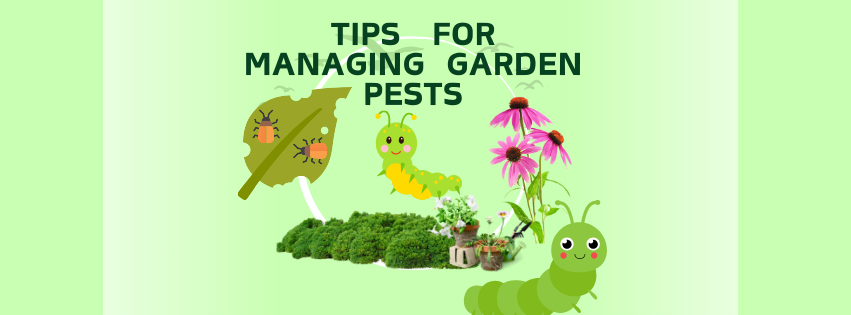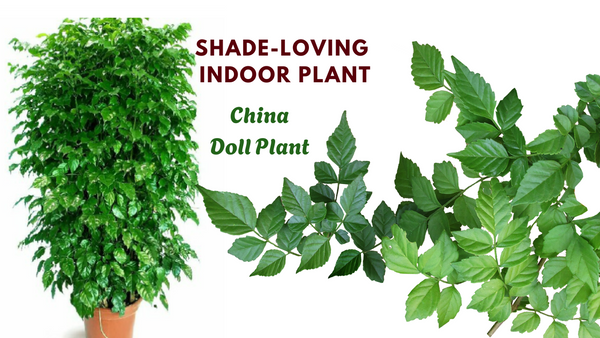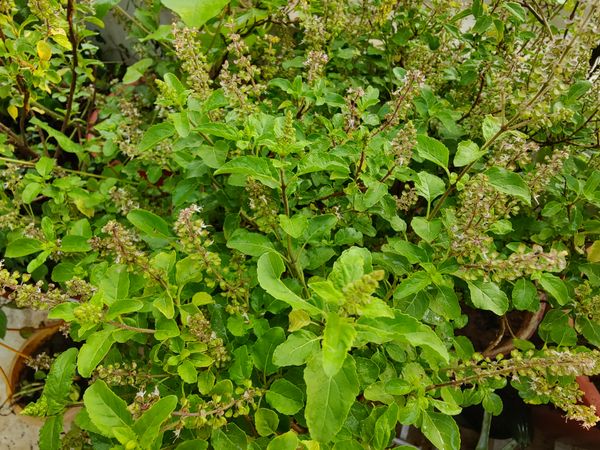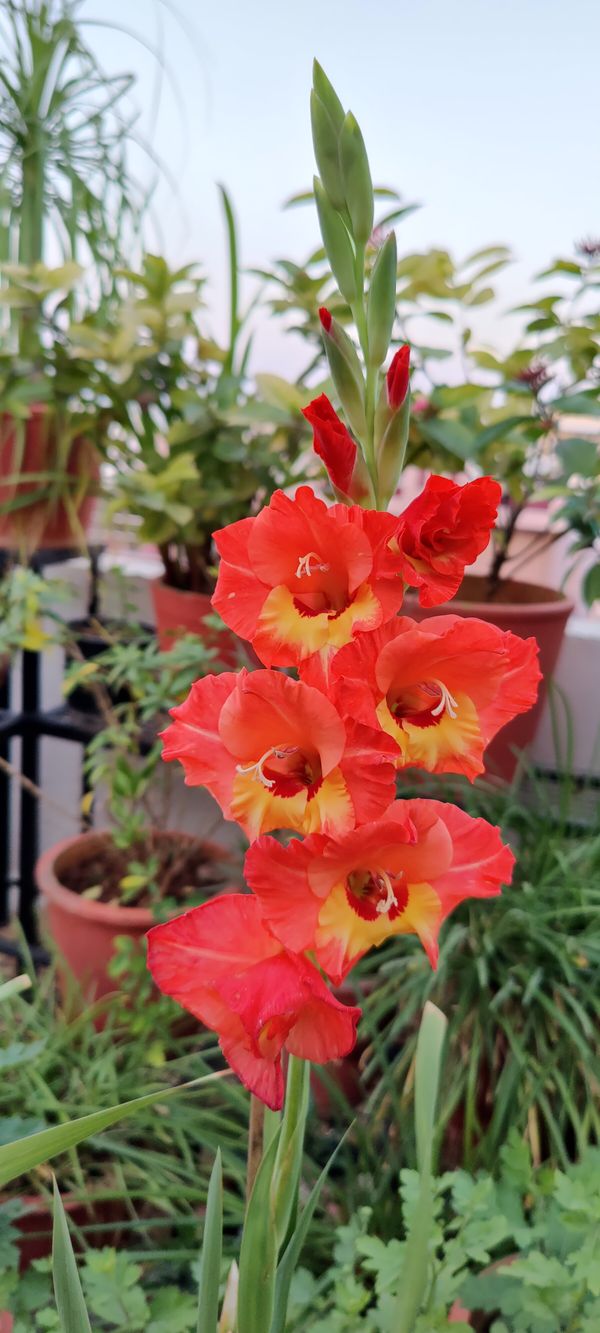Tips for Managing Garden Pests 🐞 | Houseplants Notes 011 - Varsha Aundhia
Understanding Garden Pests: Not All Bugs Are Bad
Many new gardeners make the mistake of assuming that any insect in their garden is a threat to their plants. However, the truth is that the situation is more multifaceted. While some insects can harm your plants, others play beneficial roles in maintaining a healthy garden ecosystem. In a home garden, which typically features a diverse array of plants, the variety of insects you encounter is also diverse. This diversity often limits the spread of pests and diseases because pests are usually host-specific.
In the context of a home garden, it's crucial to identify which insects are harmful and which are not. The major pests to watch out for include mealybugs, aphids, thrips, mites, and scale insects. These pests are sap feeders, meaning they suck the sap from plants, which can weaken and sometimes kill the plants. Unlike leaf-eating pests such as caterpillars and grasshoppers, which chew leaves, sap feeders cannot chew but can cause significant damage by siphoning plant sap.
Major Pests in Home Gardens
- Mealybugs: These are small, white, and fluffy insects that feed on plant sap, typically found on the underside of leaves or in leaf axils.
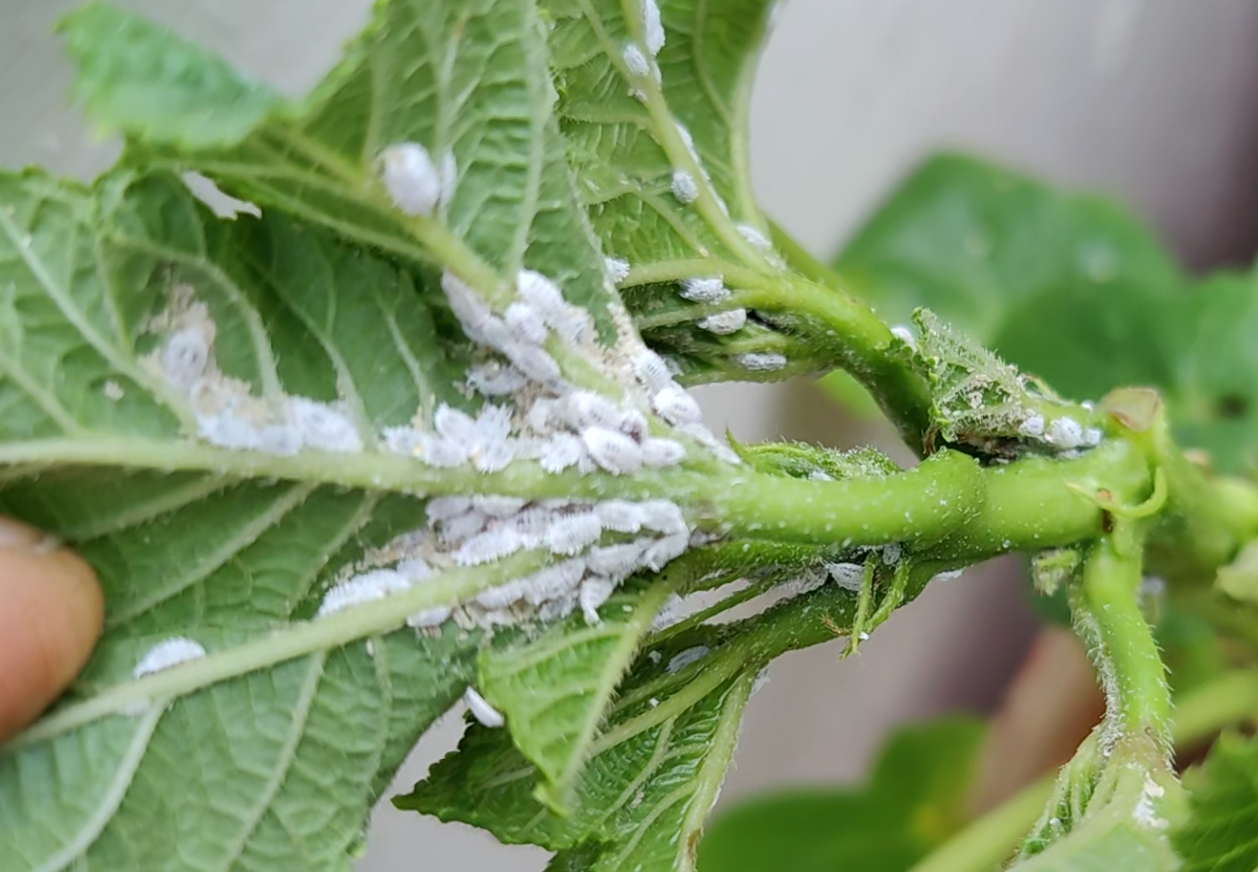
Aphids: Small, green or black insects that also suck sap from plants and are often found in clusters on new growth.
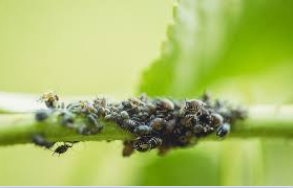
Thrips: Tiny, slender insects that scrape the surface of leaves and flowers, causing discoloration and damage.
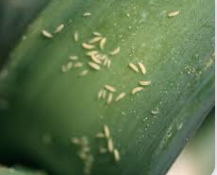
Mites: Minuscule arachnids that can cause stippling on leaves and deform new growth.
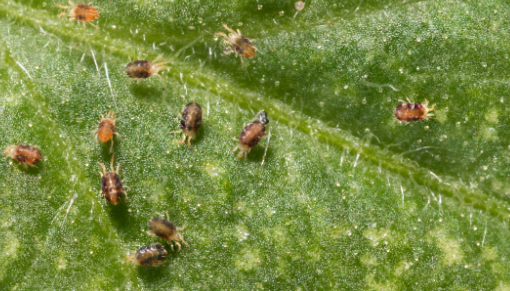
Scale Insects: Hard-shelled insects that attach to stems and leaves, sucking sap and causing yellowing and wilting.
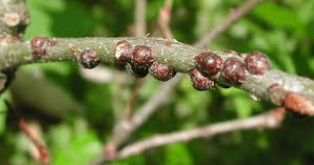
Leaf-Eating Pests: Less of a Concern
Leaf eaters like caterpillars and grasshoppers may consume your plant's leaves, but they are generally less harmful to the overall health of the plant. Plants can often recover by producing new leaves. These pests are a natural part of the ecosystem, and their presence indicates a balanced environment. If you notice leaf damage, it is a good practice to reduce watering, as this can deter pests looking for juicy, tender leaves.
Pest Management: Seasonal Approaches
Understanding the seasonal behavior of pests can help you manage them more effectively:
- Aphids: Predominantly active during the rainy and winter seasons.
- Mealybugs and Scales: More prevalent in spring and summer, with mealybugs often hiding in the soil during the rainy season.
- Thrips and Mites: Commonly found during the spring season.
Managing these pests typically involves removing the affected parts of the plant and disposing of them far from your garden. For sap feeders, you may need to use specific pesticides, but it's essential to minimize the use of chemicals to protect beneficial predators that naturally control pest populations.
Effective Pest Control Strategies
- Biological Controls: Use natural predators and bio-products like Verticillium and Beauveria, which are fungi that infect and kill harmful insects. These should be applied once every 15 days to maintain garden health without harming beneficial insects.
- Neem Oil: Although not effective against all pests, neem oil can help control some sap feeders and is a safer alternative to chemical pesticides. However, pests may hide in foliage and reappear after treatment, so persistent application is necessary.
- Systemic and Contact Pesticides: Systemic pesticides are absorbed by the plant and can control pests that feed on the plant's sap, whereas contact pesticides work on direct application. For home gardens, drenching (pouring a pesticide solution at the base of the plant) is often more effective and less disruptive than spraying. Always drenching the pesticide solution upon the plant and roots is best.
- Seasonal Management: Apply neem cake to the soil during the rainy season to control soil-borne mealybugs. For other pests, ensure you understand their life cycles and apply appropriate treatments as needed.
Essential Pesticide for Home Gardens
- Thiamethoxam: A systemic insecticide that works well against sap feeders. It has a blue triangle. It is the safest low-dose pesticide. Keep at least 100g of this pesticide in stock. It is more than enough for a home garden for 4 to 5 months.I recommend using Thiamethoxam at 3g per liter as a root drench, applying 200 ml per plant.
Always check the toxicity levels indicated on the product (green for low toxicity, blue for moderate toxicity, yellow for higher toxicity, and red for the highest toxicity) and use the least toxic options available.
Final Tips for a Healthy Garden
- Avoid Overwatering: Excess water can make your plants more attractive to pests.
- Promote Diversity: A diverse garden is less likely to suffer from severe pest infestations because pests spread more slowly among different types of plants.
- Use Pesticides Sparingly: Overuse of pesticides can harm beneficial insects and disrupt the natural balance of your garden. Focus on targeted treatments rather than broad applications.
By understanding the nature of garden pests and adopting thoughtful management practices, you can maintain a healthy, thriving garden with minimal use of harmful chemicals. Remember, a balanced approach not only protects your plants but also promotes a more sustainable and environmentally friendly garden.
This comprehensive guide should help garden enthusiasts manage their gardens more effectively and sustainably. By distinguishing between harmful and harmless pests and using the right methods and products, you can ensure your home garden remains a beautiful and productive space.
Nurturing houseplants brings joy and learning. Sharing our experiences helps us grow together. Stay connected, and happy gardening!
Best wishes, Varsha Aundhia

